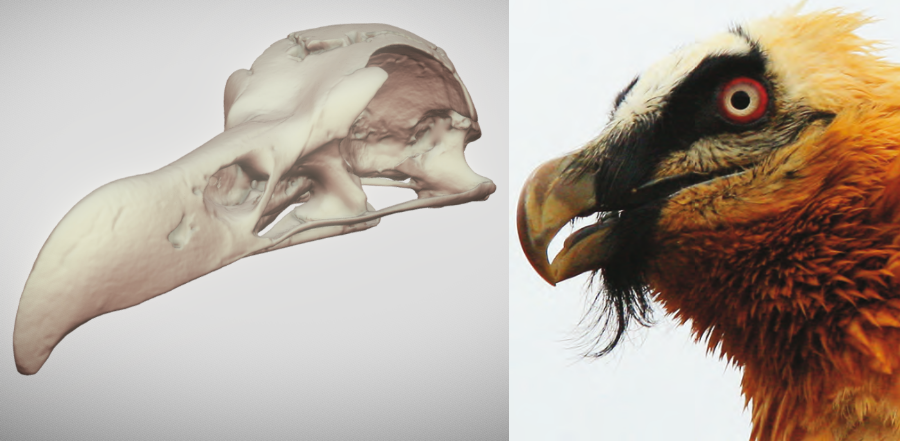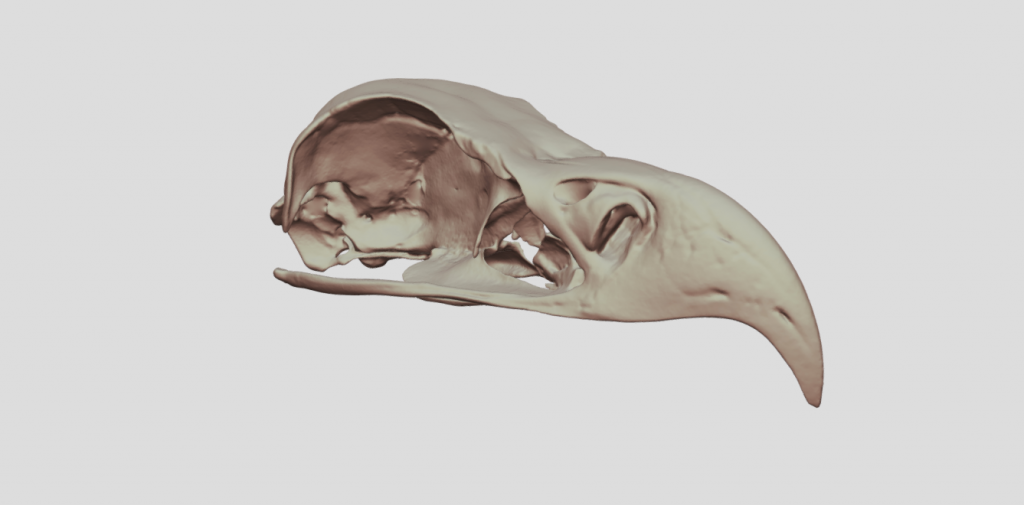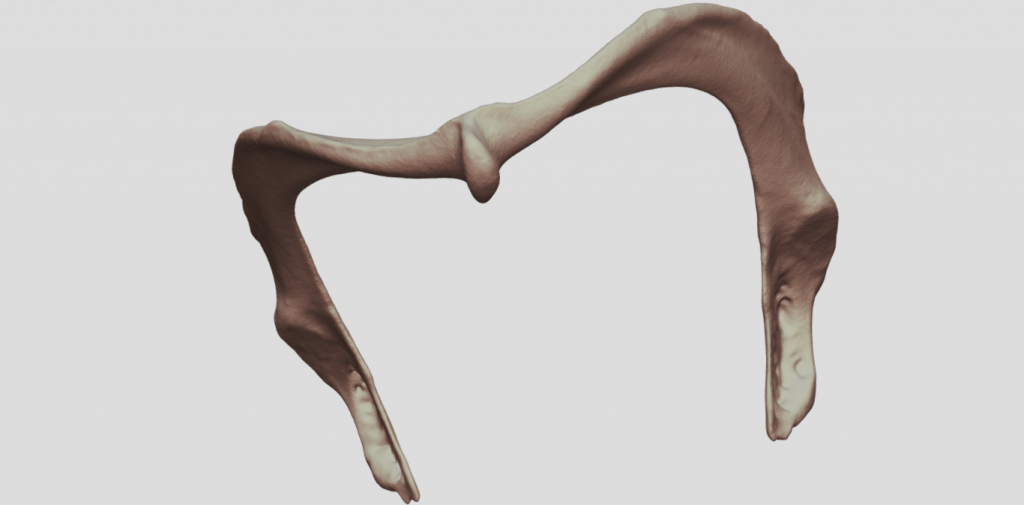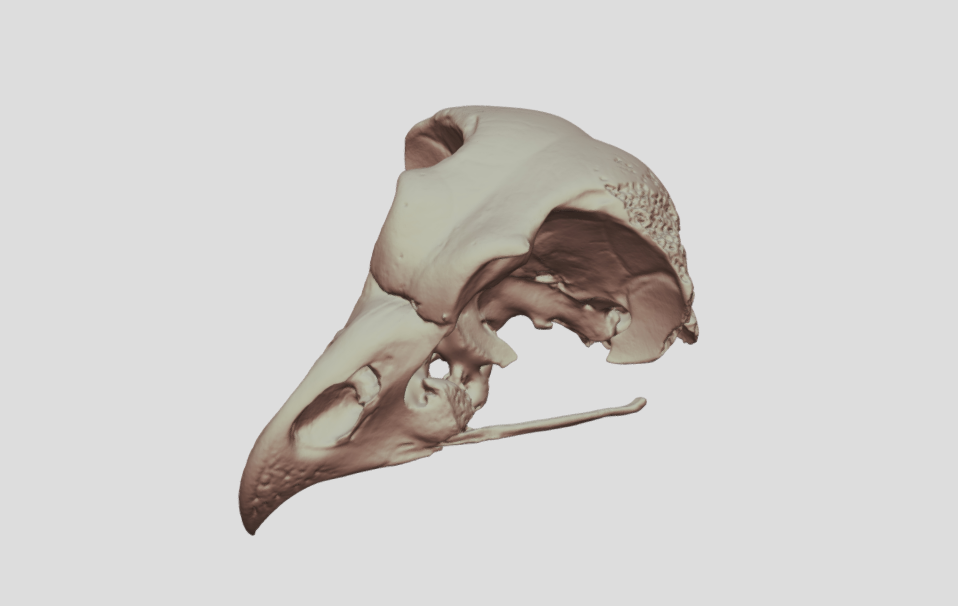
Table of Contents
Digital archive of predatory birds from the Iberian Peninsula thanks to EinScan-SP 3D scanner
This case study highlights the capabilities of small 3D scanning equipment in the field of research and teaching, applied to veterinary medicine. Thanks to the 3D image scanning of the skeletal remains from protected species, researchers, teachers and students have at their disposal a very useful reference tool to keep working on the birds’ monitoring and protection.
CHALLENGE
Digital archive of protected species
The Ministry for Ecological Transition and Demographic Challenge (MITECO) is responsible for the edition of a Guide for the Identification of Iberian Birds of Prey by Bone Remains. Certainly, it is a useful way on the ground to keep track of the different specimens of these birds. Also, they have special protection because most of them are endangered species.
The traditional methods are based on comparing the bones of different species. However, this method is not always possible and entails a series of limitations. For instance, as they are protected species, no private individual can keep this type of remains, they must be guarded by authorized personnel. For this reason, the Ministry entrusted the work of 3D digital cataloguing of these species to a team from the Faculty of Veterinary Medicine at the Complutense University of Madrid.
“The files of this platform have a didactic purpose, although they also have other uses, and come directly from the raw 3D scanning without post-processing.”

SOLUTION
EinScan-SP 3D scanner by Shining 3D
Professor Luis Revuelta, from the Department of Physiology of the Faculty of Veterinary Medicine at the Complutense University of Madrid, purchased a Shining 3D EinScan-SP desktop 3D scanner for his department. EinScan-SP 3D scanner is compact and suitable for this type of application. In which both the size of the objects and the precision of the capture are important.
“Both the scanner and the software used by the Shining 3D scanner are very intuitive and make our work much easier,” says Revuelta.
To digitize the skeletal remains, 25 turns of the turntable are taken for each scan. In this way, they achieve a balance between image resolution and scanning time. In total, data acquisition is performed from five different perspectives. Arranging the bone in different positions to capture the image from all angles and to fill in gaps.
On the other hand, the feature or marker alignment also allows to digitalize larger objects. Even the ones exceeding the scanning area of the EinScan-SP scanner’s turntable in separate shots.
RESULT
26 species are now cataloged and publicly available
Thanks to the continuous work carried out over 10 months, it has been possible to complete the 3D digitization of the skeletal remains of 26 species of predatory birds that can be found in the Iberian Peninsula. Among others, are the griffon vulture, the bearded vulture, the eagle owl and the imperial eagle.
The 3D files of these scanning works can be accessed through the website of the Department of Veterinary Physiology of the Complutense University.
The files available on this website are raw, allowing the full appreciation of the EinScan-SP 3D scanner data quality. “In general, it is a scanner which requires little image post-processing,” says Luis Revuelta.
This 3D image archive also serves educational purposes. Therefore, both biology teachers and students can have a very close and immersive experience from anywhere in the world. In addition, they can learn and study the morphology of these birds, without having to physically go to a laboratory. Also, they can appreciate them with an astonishing level of detail.

Imperial eagle

Imperial eagle coracoids

Eagle owl skull
Final assessment
3D scanning has made possible to obtain a complete database of biological remains for digital cataloguing in an optimal way. And, this information is not only valid for researchers. The University has uploaded the 3D files to their website, enabling any user to view the 3D files on their computer.
Luis Revuelta’s department has even acquired a pair of virtual reality glasses to make this visualization more intuitive and immersive. Moreover, they are planning new digitization projects for the future, for instance, preserved organs in formalin.





